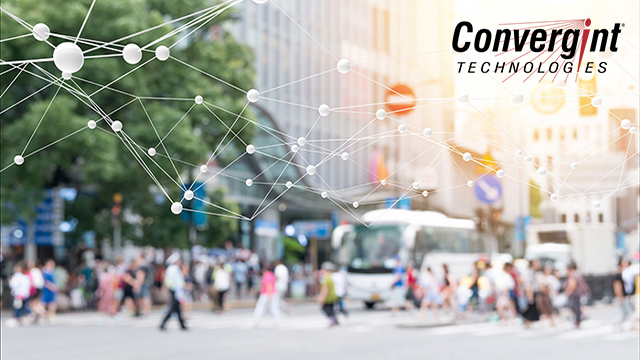Digital transformation is a top priority for leading businesses across all sectors—but it’s also a core objective of cities around the world that are committed to becoming smarter cities. Driven by data intelligence and grounded in values of sustainability, mobility, and connectivity, cities can streamline their evolution by embracing new technologies, backed by data and artificial intelligence.
One emerging technology that is becoming more important for cities is facial recognition. Local governments and law enforcement can drive operational productivity and preserve public safety by partnering with Convergint Technologies and BriefCam. By integrating facial recognition capabilities cities are enabled to improve their performance in these top four areas and beyond:
As higher quality cameras have proliferated and video analytics technology has evolved, facial recognition has become more accurate, driving increased adoption. At the same time, cities and governments are still exploring how to balance the benefits of technology with the legal and regulatory concerns over its use. The laws governing the use of video surveillance and facial recognition vary from country to country, and when deploying such a system, it is important to comply with the applicable regulation. Cities continue to work with their technology producers, federal governments, and residents to navigate the use of face recognition, ensuring fairness, transparency, accountability, and privacy compliance.
Ultimately, the ideal facial recognition implementation in a city is one that is founded on residents’ trust in the city; the city’s continued demonstration of integrity around the use of the technology; and the technology’s impact in driving superior security, increased public safety, and streamlined city operations.

